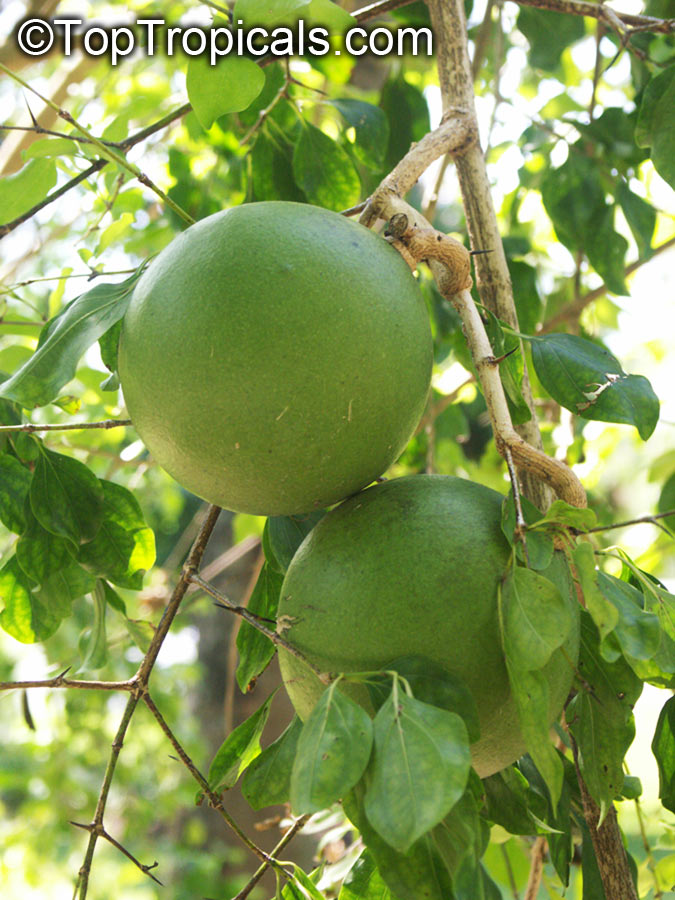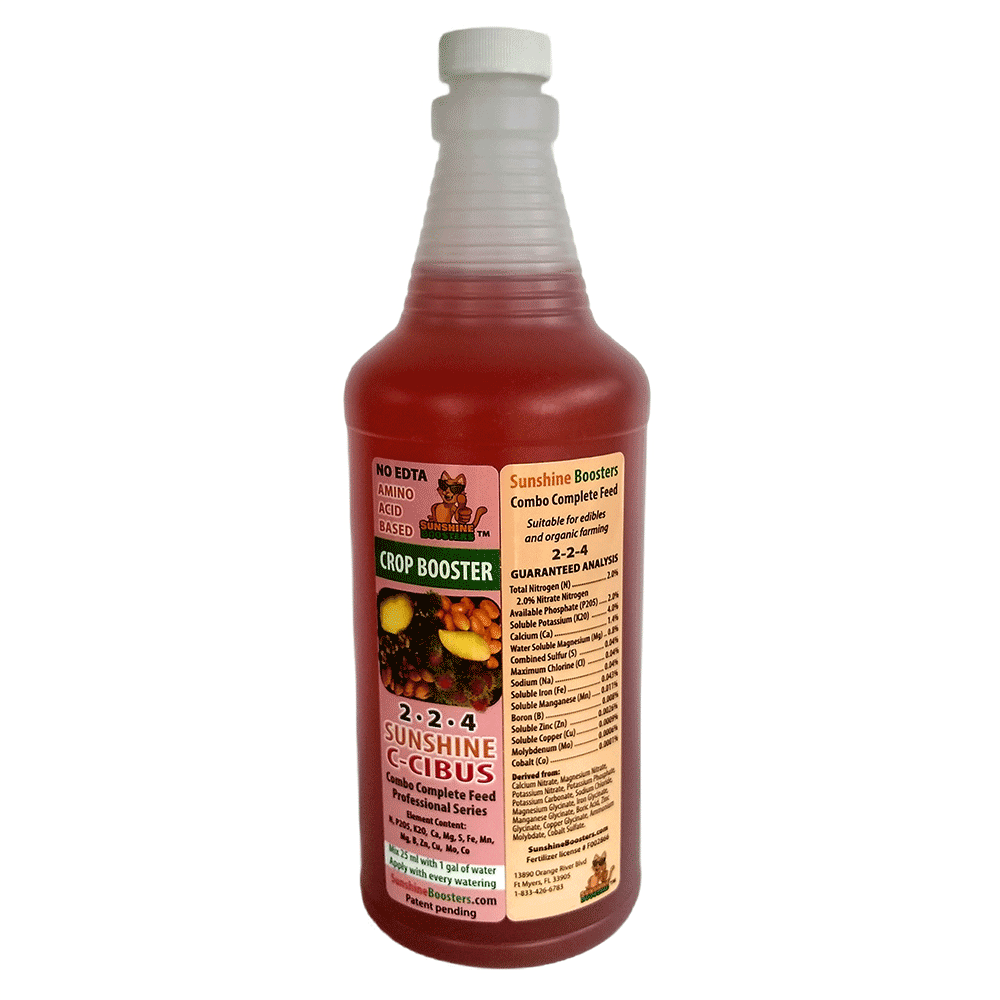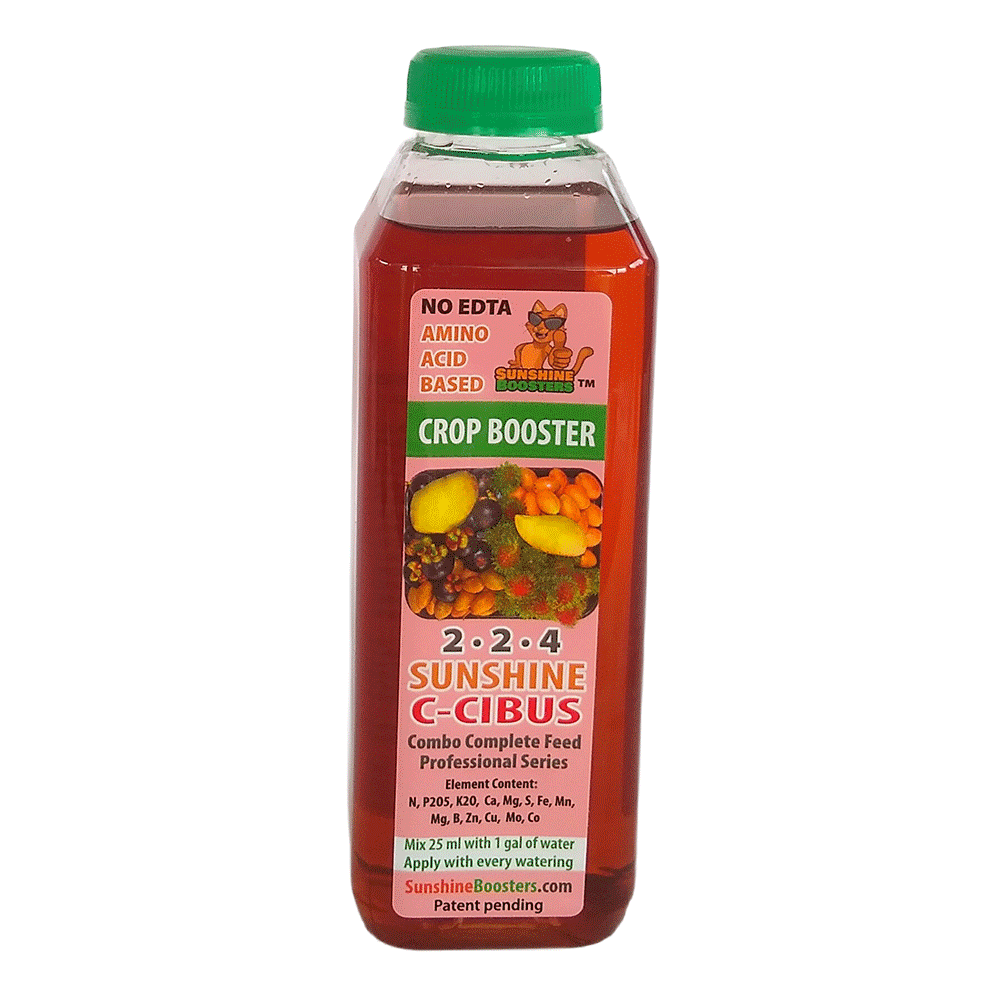MONKEY ORANGE (STRYCHNOS SPINOSA)
6971 Monkey Orange (Strychnos spinosa)










What does the Monkey Orange taste like? The fruits, size of an orange, have a hard shell that protects their sweet-tart pulp with interesting pleasant taste somewhat similar to mangosteen. Some people say it tastes like a mix of citrus and pineapple with a hint of fermentation.
Rich in vitamin C and B vitamins, the fruit can be enjoyed fresh or transformed into jams, juices, and even wine.
Its durable wood is prized for carvings, and its leaves and roots are used in traditional medicine and as natural insecticides.
Slow-growing yet resilient, this hardy tree thrives in full sun and well-drained soil, offering beauty, nourishment, and practicality - an excellent choice for tropical or subtropical landscapes.
Why is it called Monkey Orange?
The "monkey orange" likely gets its name from its appeal to monkeys that eat the fruit and distribute the seeds in their habitat in Africa.
Recommended Fertilizer: SUNSHINE Megaflor - Bloom Nutrition Booster
Monkey Orange (Strychnos spinosa): Planting and Care Instructions
Plant Overview
Growth habit: This plant grows into a small to medium tree, about 10 to 20 feet tall when planted in the ground. It works well in gardens or yards with room to spread, but it can also be pruned to stay smaller and may be grown in a large pot with proper care.
Growing conditions: This plant can be grown outdoors in suitable USDA zones. It is well-suited for small backyards, pots, or indoor spaces with enough light.
Watering: This plant needs moderate watering. Allow the top of the soil to dry slightly before watering again.
Sun exposure: This plant grows best in full sun or very bright light. If grown indoors, it should be placed in a bright spot, such as near a south-facing window or under strong grow lights.
USDA Zone: USDA 9-11. The USDA Plant Hardiness Zone Map categorizes North America into zones based on average annual minimum winter temperatures, each differing by 10 °F. This map serves as a basic guide for selecting appropriate plants for a region. However, it's not definitive; plant varieties vary in cold tolerance, and young plants typically need more protection. Additionally, local microclimates, like sheltered areas or sunny spots, can influence plant health and survivability beyond the general zone recommendation.
Cold Hardiness: Tolerates light freezing to about 30°F for short periods (mature plants). Young plants must be protected. Plant hardiness indicates the coldest temperature a mature plant can endure briefly while staying healthy. This rating is a guideline and can vary among varieties of the same species. Young plants often need more cold protection. Additionally, a plant's survival can be enhanced by the microclimate of its location, which may provide shelter from wind or extra warmth, allowing it to thrive beyond its typical hardiness range.
Plant type: This is a fruit tree. With proper care, it will grow edible fruits.
Flower color: This plant produces white and off-white flowers during its blooming season.
Butterfly attractor: This plant attracts butterflies and hummingbirds, making it a great choice for pollinator-friendly gardens.
Toxicity: This plant contains substances that can be toxic if ingested. Handling these plants generally poses no risk as long as you avoid consuming any part of them. Keep such plants out of reach of children and pets. While it's good to be cautious, there's no need for undue concern as long as basic precautions are observed to enjoy the beauty of this plant safely.
Thorns: This is a thorny or spiny plant. Use gloves when handling or placing it in the garden.
Ethnomedicinal: This plant has ethnomedical uses and has been traditionally valued in folk or indigenous medicine. Plants marked as ethnomedical and/or described as medicinal are not offered as medicine but rather as ornamentals or plant collectibles. Ethnomedical statements or products have not been evaluated by the FDA and are not intended to diagnose, treat, cure, or prevent any disease. All customers should consult a physician before using any supplements, herbals, or medicines.
Outdoor planting
Plant in well-draining soil and choose a location that matches the plant's light and space needs. Improve poor soils by mixing in compost or organic matter. Dig a hole twice as wide and no deeper than the root ball - planting too deep can harm the plant. For better drainage, position the plant so the top of the root ball is slightly above ground level. Water thoroughly after planting. Outdoor plants may need temporary shade during the first few weeks to protect them from strong sun or heat. Watch the soil moisture closely and water regularly until the plant is well established. Apply mulch around the base to help retain moisture and reduce weeds, forming a shallow basin to hold water. Keep mulch a few inches away from the trunk or stem to prevent rot.
Indoor planting
Use a container with drainage holes and a well-draining potting mix. Position the plant so that the top of the root ball is level with the surface of the soil - avoid planting too deep. A slow-release fertilizer can be mixed into the soil at planting time to support healthy growth. Place the plant in a location that matches its light needs, and water according to its care requirements. Be careful not to overwater, and ensure good airflow around the plant to reduce the risk of pests and disease.
Protecting Plants in Winter
When it gets cold, some plants need extra help. You can move potted plants indoors or under a covered patio. Young plants need extra protection because they are more sensitive to cold and less established. For plants in the ground, use frost cloth to keep them warm. Stop using fertilizer in late fall so plants can rest. Try to place plants in areas protected from cold wind, rain, and frost.
Cold Hardiness and Microclimates
USDA zone and hardiness are only general guidelines. Actual cold tolerance can vary based on plant variety and local conditions. Even small differences between varieties can matter. Also, warmer spots in your yard—like near a wall or fence—can help plants survive cold nights. These little warm areas are called microclimates, and they make a big difference.

 SUNSHINE C-Cibus (NPK 2-2-4) - Crop Booster for every watering.
SUNSHINE C-Cibus (NPK 2-2-4) - Crop Booster for every watering.  SUNSHINE C-Cibus (NPK 2-2-4) - Crop Booster for every watering.
SUNSHINE C-Cibus (NPK 2-2-4) - Crop Booster for every watering.